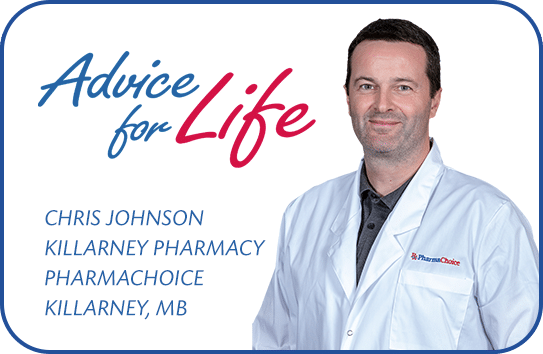Anyone can get head lice. The head louse cannot fly or hop, but can move really fast. Getting lice doesn’t mean you are not clean. The most common way to get lice is by head-to-head contact which is why children are most likely to get head lice. Lice can’t jump to another head, but they can spread from shared caps, toques, brushes, headphones, or pillows.
An itchy scalp does not mean you have head lice, only treat for head lice if you see the live insect. The louse is greyish, wingless, and 2 mm to 4 mm in length. If you find “white” lice, they are either dead or the skin of the louse that has been shed from moulting. Check for lice under good light, partition hair, and check layers. Remember they move quickly and are adept at hiding. You should also look for the eggs or nits. Empty nit shells are impossible to discern from nits that will hatch. Nits need to be close to the warmth of the scalp to hatch, so the female louse will lay eggs close to the scalp, attaching them tightly to the hair, near the ears, and base of the neck. If you find nits far from the scalp, no live insects or nits near the scalp – there is likely no infestation. Nits can be very difficult to remove, using a nit comb can make it easier, but it isn’t necessary to remove the nits if treatment is properly followed.
Treatment with insecticidal and non-insecticidal treatments are available at your pharmacy, for children 2 years and older. Only treat members of your household who have lice. Home remedies to suffocate the insect are not as effective and will not kill nits. Flammable remedies containing alcohol, gasoline, or kerosene are extremely dangerous and should never be used. Your pharmacist can discuss safe treatment options available and answer questions you may have.
Here are more facts:
- Lice can only survive away from the scalp for 2 days
- Nits can survive 3 days but need the heat from the scalp to hatch
- Hot soapy water to wash, and 15 minutes with a dryer with the heat setting on will kill lice and nits
- Most remedies do not kill nits, the first treatment kills insects, a second treatment in 7 to 10 days is to kill the insect when they hatch and before they can lay more eggs.
- Lice do not transmit disease
Your pharmacist can provide the facts and treatments that will rid you of the pesky louse.




